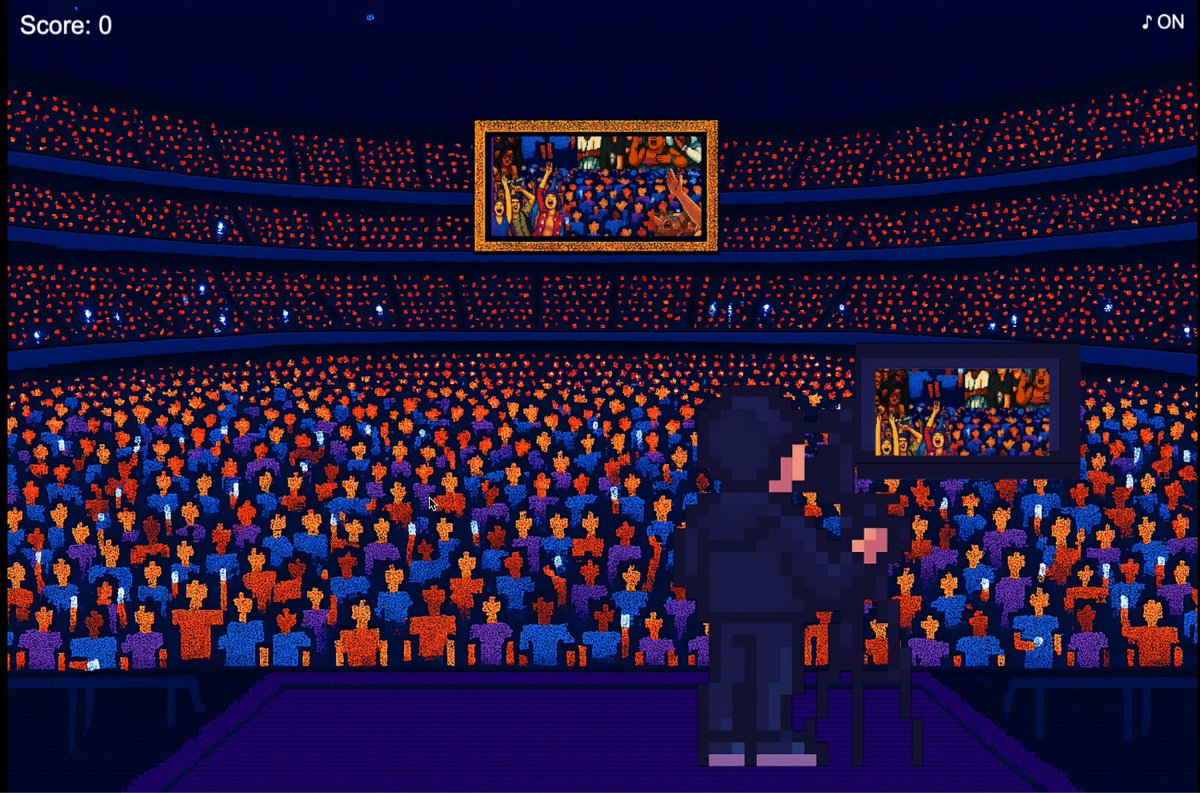🤓 Explain Like I'm 5
The origins of 'vibe coding'
We originally covered this back in March but it's worth revisiting because the vibe coding movement has been rapidly gaining momentum. Check the end of this section for some big vibe coding news.
What is it?
It's the latest way to build apps.
Instead of writing code, you just describe what you want in plain English and AI builds it for you.
Andrej Karpathy coined the term, telling us to "give in to the vibes and forget the code even exists". Platforms like Lovable, Cursor, and Bolt let you prompt your way to working apps in minutes, while Tomas from Sutro warns about the hidden danger: "You cannot build what you do not understand".
The real challenge isn't the building - it's what happens when things break.
When your vibe-coded app crashes, you're stuck because you never understood the code underneath.
That's why Tomas proposes "vibe engineering" - combining AI's speed with visual tools that let you see and control what you're building.
The future isn't just vibing - it's understanding enough to fix, scale, and iterate on what AI creates for you.
Vibe coding: A real-life example
Create With co-founder Kieran recently "vibe coded" a staff rota calculator for his friend who manages a mental health crisis team in the NHS. He used Lovable. It took him about 30 minutes but saves her 10+ minutes every day and gives her data she can use to improve efficiency later on. Now her managers are talking about rolling it out regionally.
What small apps could you vibe code to increase your efficiency at work?
Vibe coding news
- Vibe coding platform Bolt ran the World's Biggest Hackathon last month and the results are being announced this Saturday. Prepare to have your mind blown as we see who wins the $1m+ prize pool.
- Previously mentioned vibe coding platform, Lovable, just raised $200m in its series A round, only 8 months after launch.

